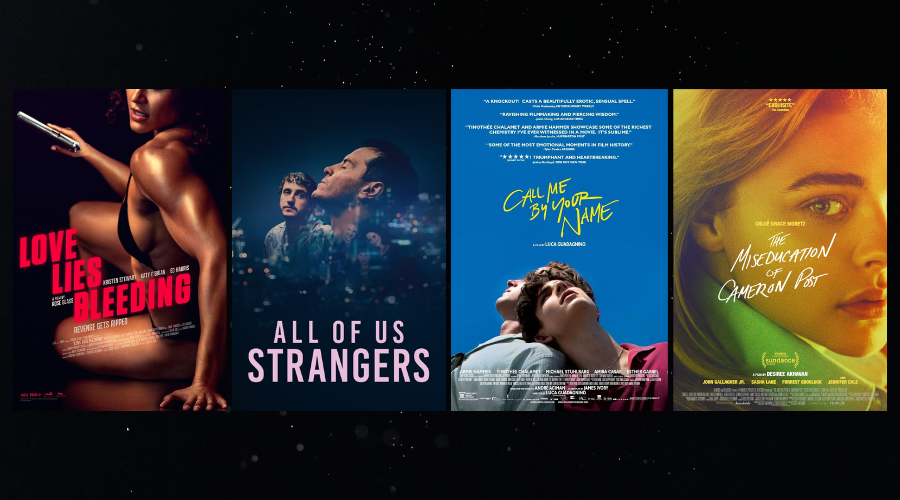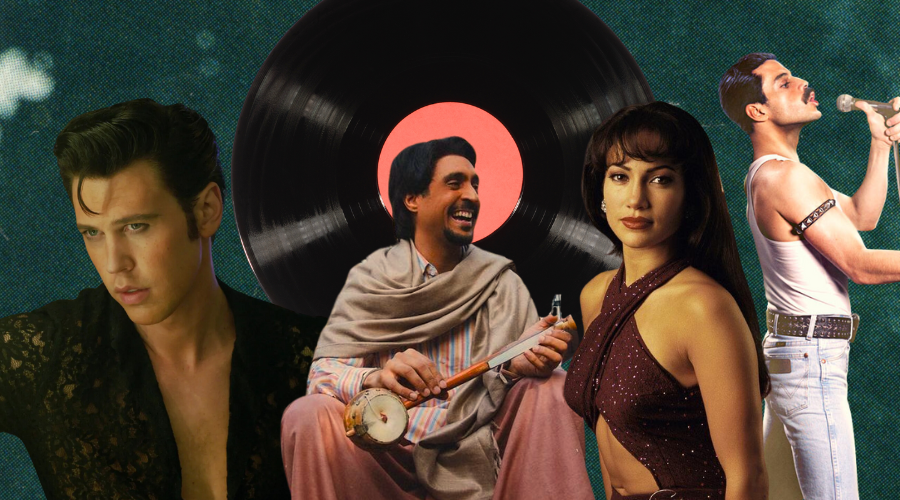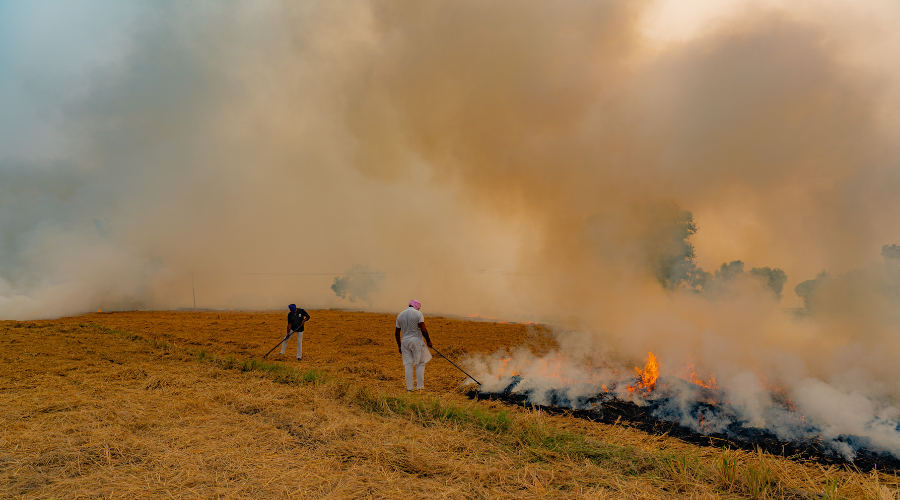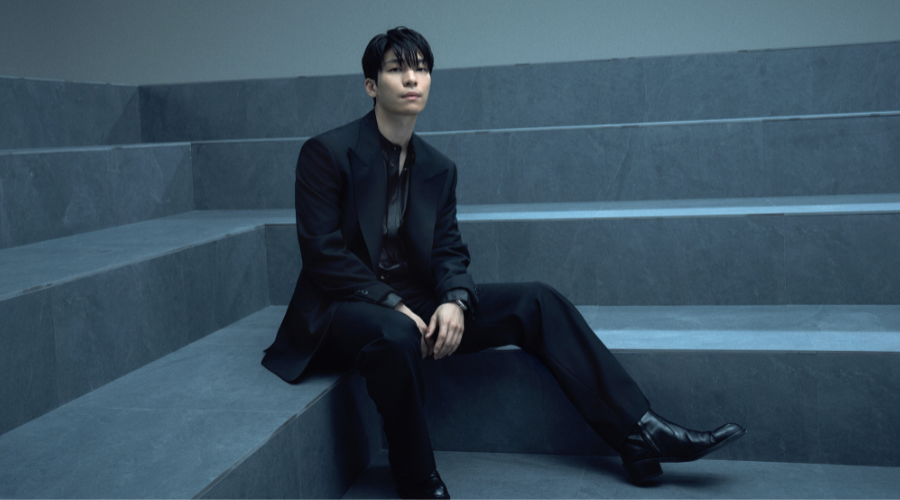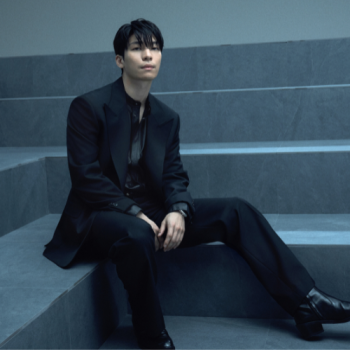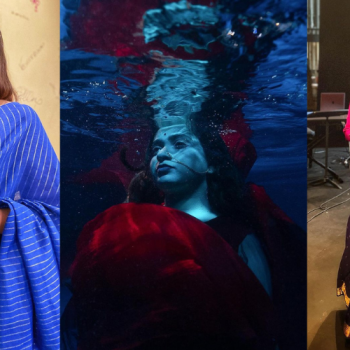Salman Toor’s artwork juxtaposes technology and desire, giving a new perspective on what queer yearning looks like in the 21st century. The 39-year-old queer artist’s work speaks to the politics of hyphenated identities through the earthy hues and imperfect bodies in his paintings. It was the summer of 2021 when I discovered Salman Toor. According to a close friend, his art ‘made him feel at home’ at a time when the COVID-19 second wave was at its peak. In search of some sense of belonging; and queer solidarity, while living with my conservative family, I found myself scrolling his website. And I was hooked in no time.
The Star (2019) was Salman’s first painting that caught my attention. Four figures sit together with one in the middle looking at his reflection in the mirror. He is holding a cellphone in his left hand, while the others surround him with hairspray and makeup, getting him ready (probably for a date?).
Out of all things about Salman’s paintings, what makes them different is how real (yet unreal) they seem. The brush strokes are raw and the bodies look familiar. It is this crudeness in his work that attracts me the most. His paintings are in no way perfect— on the contrary, they seem to dwell on imperfections of skin and facial features, bringing to the surface the underlying identity politics of South Asian queer folk. His queer figures are what he calls ‘creative people based in New York, attempting to understand their lives in a foreign land’. For Salman, queerness is layered and multifaceted. These characters are looking inward, they are self-reflecting. They are complex and vulnerable people, navigating their lives in an America that seems welcoming and progressive, at least on the face of it.
In Salman’s paintings, there is a reversal of the power dynamic. His characters inhabit a universe that’s beyond conventional understanding. Here, the viewer is the onlooker, the one who peeps into these private spaces. We become the ‘other’—the one who is different, in search of some agency on the self. There is a sense of longing, a pause that extends itself to his audience. A shared sense of isolation and disconnection runs parallel to the theme of identity in Salman’s work. The paintings are set in South Asia or America, automatically making these identities more complex. He shows an interest in helplessness and relationships with power and there seems to be a reconciliation between the two cultures that he comes from.
Apart from the influence of his homeland Pakistan, New York and the artist’s life in Brooklyn have been an inspiration for his art. He creates a space that crisscrosses between freedom and what that freedom comes with: loneliness. Technology also becomes a crucial part of his work. The characters are often seen using phones in between conversations and in moments of solitude, giving away the contemporary setting of the piece.
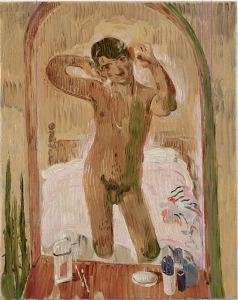
On the one hand, in paintings like Bedroom Boy (2019), Salman presents a nude figure with a phone, possibly taking a picture of himself on his bed (representing the freedom that the West brings with a sense of self-acceptance), while on the other, in Bar Boy (2019), in the centre stands a man scrolling through his phone in a room full of people lost in themselves and their lives, signifying the possible feeling of loneliness in the chaos that is New York.
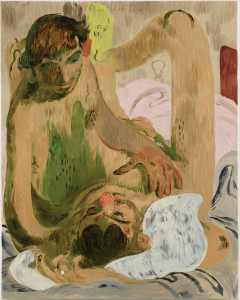
By transgressing the boundaries of mainstream desire and sexuality, Salman creates a world for people who don’t belong anywhere, for the ones who are in search of a home, in a world which is a no man’s land for them. ‘Salman Toor: No Ordinary Love’ is currently on view at the Baltimore Museum of Art in Maryland, US through October 22, 2022. Later in 2022, he exhibits at M Woods in Beijing, China.
Photographs: Bryan Derballa, © Salman Toor; Courtesy of Farzad Owrang and Luhring Augustine, New York
Find ELLE’s latest issue on stands or download your digital copy here.

